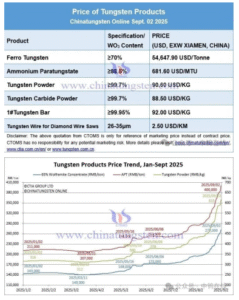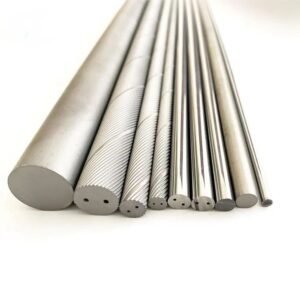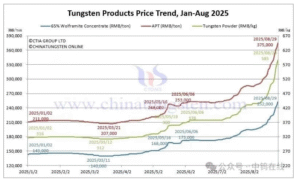The Role of Inserts in Manufacturing: Applications and Advantages
In modern manufacturing, inserts (cutting inserts) are essential tools used in metalworking, machining, and tooling applications. They play a crucial role in shaping, cutting, drilling, and refining workpieces with high precision and efficiency. Whether in turning, milling, drilling, boring, grooving, or threading, inserts contribute to improved productivity, reduced machining time, and cost savings.
1. What Are Inserts?
Inserts are replaceable cutting tools mounted onto tool holders for various machining operations. Unlike solid cutting tools, inserts can be replaced when worn out, eliminating the need to discard the entire tool. They are typically made from tungsten carbide (hard metal), ceramic, cubic boron nitride (CBN), or polycrystalline diamond (PCD) to withstand extreme cutting conditions and ensure durability.
Types of Inserts Based on Material
- Tungsten Carbide Inserts – Offer a balance between toughness and wear resistance; widely used in general machining.
- Cermet Inserts – Made of ceramic and metal composites, ideal for finishing applications due to their superior wear resistance.
- Ceramic Inserts – Suitable for high-speed machining of hardened materials; provide excellent heat resistance.
- CBN (Cubic Boron Nitride) Inserts – Used for machining hardened steels and cast irons, ensuring longer tool life.
- PCD (Polycrystalline Diamond) Inserts – Best for non-ferrous metals and composite materials, offering extreme hardness and wear resistance.
2. Common Applications of Inserts in Manufacturing
Inserts are used in a wide range of machining processes, each requiring different geometries and coatings to optimize performance.
(1) Turning
Turning inserts are used in CNC lathes and manual turning machines to shape cylindrical workpieces. They allow for high-precision contouring, grooving, and facing of materials like steel, stainless steel, aluminum, and exotic alloys.
(2) Milling
Milling inserts are mounted onto milling cutters for face milling, end milling, and profile milling. They help remove excess material efficiently, making them essential in the aerospace, automotive, and die & mold industries.
(3) Drilling
Indexable inserts in drills improve hole-making efficiency. Unlike traditional solid drills, indexable drills with replaceable inserts reduce tool change downtime and increase machining speeds.
(4) Boring
Boring inserts refine and enlarge existing holes with extreme accuracy, making them vital in manufacturing engine components, cylinders, and precision mechanical parts.
(5) Grooving and Parting
Inserts designed for grooving help create slots and keyways, while parting-off inserts are used to cut through materials, separating workpieces from the stock.
(6) Threading
Specialized threading inserts create precise internal and external screw threads, essential for manufacturing fasteners, pipes, and aerospace components.
3. Advantages of Using Inserts in Machining
Manufacturers prefer using inserts over traditional solid tools due to several key advantages:
(1) Replaceability and Cost Efficiency
Since inserts are replaceable, manufacturers do not need to replace entire tool assemblies when cutting edges wear out. This reduces tool costs and downtime.
(2) High Cutting Performance and Precision
With advanced coatings (CVD, PVD) and optimized geometries, inserts provide improved wear resistance, reducing friction and enhancing machining efficiency.
(3) Versatility for Different Materials
Inserts come in different grades, coatings, and cutting edge designs to handle various materials, from soft aluminum to hard superalloys. This flexibility allows manufacturers to optimize tool life and cutting speed based on the workpiece material.
(4) Longer Tool Life and Improved Productivity
High-performance inserts last longer and maintain consistent quality, reducing the frequency of tool changes and improving overall machining productivity.
4. Conclusion
Cutting inserts are a crucial part of modern machining, offering high precision, durability, and cost-effectiveness. Whether used for turning, milling, drilling, or threading, they enhance efficiency across industries such as automotive, aerospace, mold manufacturing, and heavy equipment production. By selecting the right insert material, coating, and geometry, manufacturers can achieve better surface finish, longer tool life, and higher production efficiency.





